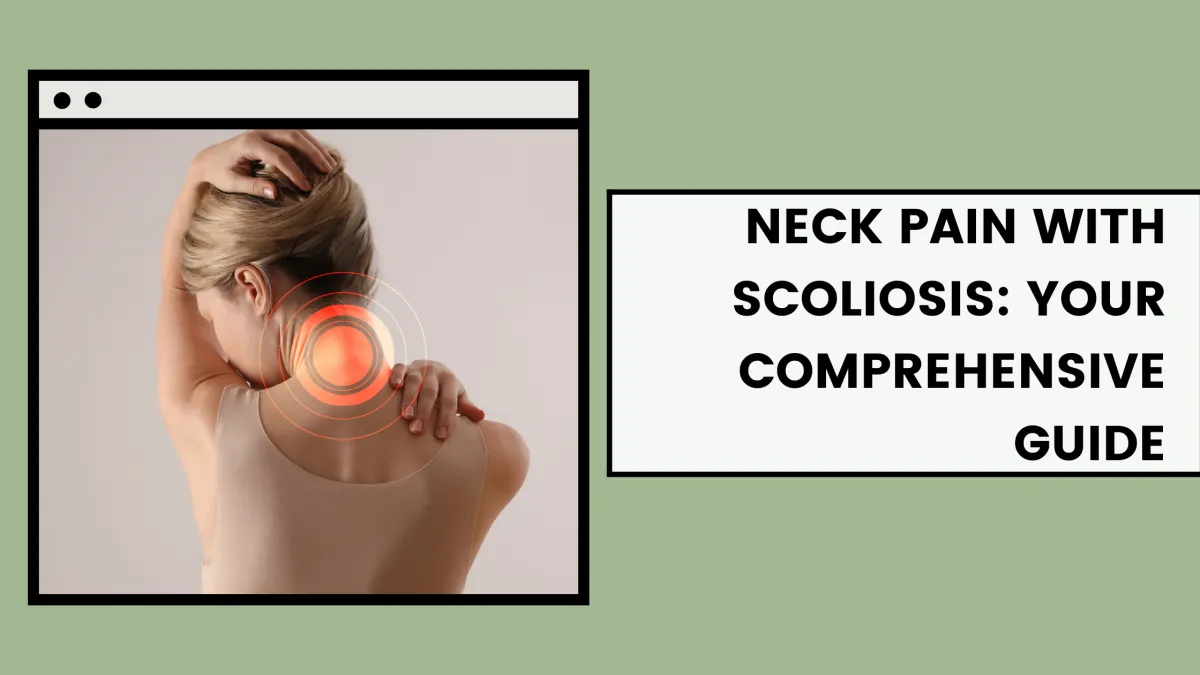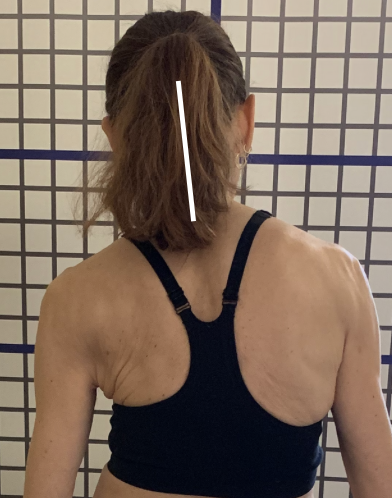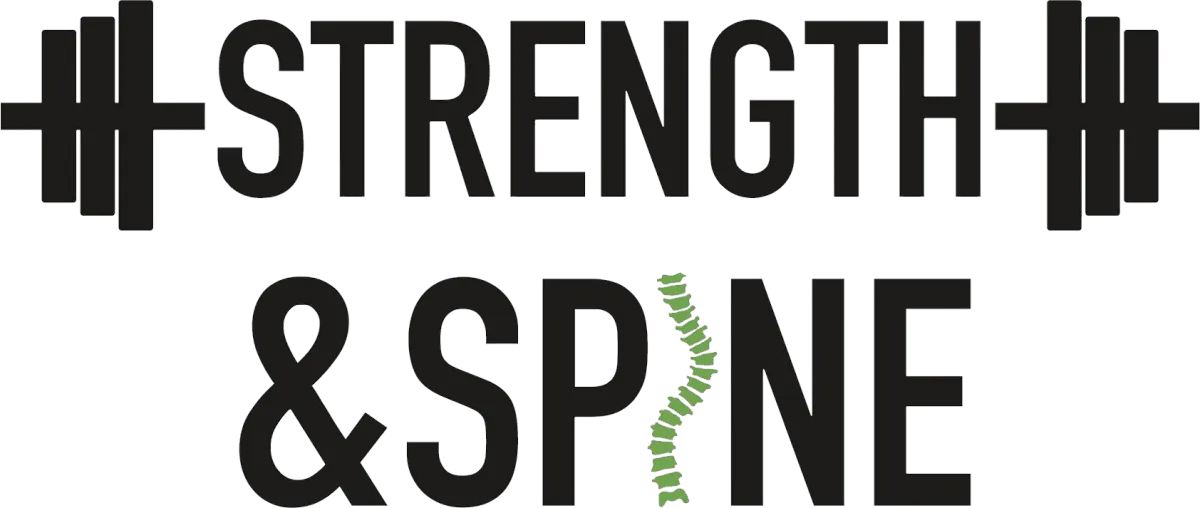Check Out The Latest Blog Posts To Learn More

Neck Pain with Scoliosis: Your Comprehensive Guide
Neck Pain with Scoliosis: Your Comprehensive Guide
Living with scoliosis is a unique journey—one filled with its own set of challenges and triumphs. Among those challenges, neck and back pain stands out, often affecting those with scoliosis more significantly than the general population. But did you know that not all neck pain is created equal, especially when it comes to scoliosis? In this comprehensive guide, we'll unravel the complexity of neck pain associated with scoliosis, empowering you with knowledge and actionable insights.
Understanding the Source of Your Pain
1. The Role of Postural Changes
First, it's crucial to recognize that while postural changes are a hallmark of scoliosis, they're not always the direct cause of neck pain. Yes, the curvature of the spine can lead to uneven stress distribution, potentially contributing to discomfort. However, postural adaptions your body makes can either alleviate or exacerbate this pain. It's a nuanced situation—each scoliosis curve is as unique as the individual it belongs to, and so too is their experience of pain.
Some people with scoliosis have upper thoracic curves that impact the alignment of the neck. We can use scoliosis specific exercises to help balance these curves. The good news is, these curves are usually very stable and do not progress often in adulthood.
Others have a thoracic curve that impacts their neck alignment. When we work on improving the alignment of the thoracic curve, often the neck muscles will relax into a more balanced position and the pain will reduce.

Picture this: Client Mary came to us struggling with debilitating headaches, a common companion to neck pain in scoliosis patients. Through focused efforts on strengthening her breathing muscles and addressing the balance of her thoracic curve, Mary saw a remarkable turnaround. Her headaches dissipated, and her neck posture improved dramatically. This isn't just a success story—it's a testament to the interconnectedness of our bodies and the power of targeted, holistic interventions.
2. Breathing's Impact on Neck Pain
One often overlooked aspect is the role of breathing. It might sound surprising, but the way you breathe can influence neck pain.
Often people will display different breathing mechanics:
Upper chest breather: this person will demonstrate a lot of movement of the upper ribs and tension of the neck muscles to take a deep breath
Lower rib breather: this person will expand the lower ribs out more to take a deep breath
Diaphragm breather: this person will expand the abdomen when they take the deep breath
In our experience, we note those who tend to be more upper chest breathers may experience more neck pain. This is because often they are using the neck muscles as accessory breathing muscles rather than the rib muscles and diaphragms.
3. Stress and Its Contributions
Lastly, we cannot ignore the impact of stress. Stress can be both a psychological and physical burden, often tightening muscles that are already under strain from the scoliotic curve. Recognizing stress triggers and developing coping mechanisms are crucial components of managing neck pain related to scoliosis. It's not just about treating the body; it's about nurturing the mind.
Empowerment Through Action
Now that we've explored some critical factors contributing to neck pain in scoliosis, where do we go from here? Knowledge is your first step towards empowerment, but action is what leads to change. Here's how you can take charge:
Be Mindful of Your Posture: Small adjustments in daily activities can have a big impact. If you have a thoracic curve, pay attention you do not lean more into your curve in standing.
Breathing Exercises: Incorporate breathing exercises into your routine. Take an inventory of where you see your ribs moving when you breathe. Strengthening your diaphragm and learning to use it effectively can alleviate unnecessary stress on your neck.
Manage Stress: Whether it's through meditation, exercise, therapy, or any activity that brings you joy, finding and practicing effective stress management techniques is key to reducing neck tension.
Join Our Community
You're not alone on this journey. Our community is filled with individuals who understand what you're going through—people like Mary, who have faced their challenges head-on and found relief and improvement through dedicated effort and the right support.
We invite you to connect with us, share your story, and learn more about how we can help you manage not just neck pain, but the array of complexities scoliosis brings into life. Your path to better health, reduced pain, and increased empowerment starts with a conversation. Reach out today, and together, we'll explore the best strategies for you.
Remember, living with scoliosis might be a part of your story, but it doesn't define you. With the right knowledge and support, you can take control and live a life not limited by pain. Your spine has a curve, but your future is bright and full of potential.
Ready to take the next step towards a future where your scoliosis doesn't define your daily experience? We're here to guide, support, and empower you on this path. Book a 1:1 session with our specialists today, and start your personalized journey towards managing neck pain and crafting a lifestyle that celebrates your unique curve. Together, we'll explore the depths of your strength and potential, creating a plan that's tailored just for you. Don't wait for tomorrow to reclaim your comfort and confidence. Your empowering journey begins with one click. Book Now — because your brightest days are ahead, and we can't wait to walk this path with you.
WE ARE
Strong with Scoliosis
Start today on an exercise program that helps you become empowered, strong, and confident in your scoliosis curve.
FIND US
Strength and Spine
Online Sessions and Coaching
We work with clients all over the world
*Please contact us for in-person appointments*

